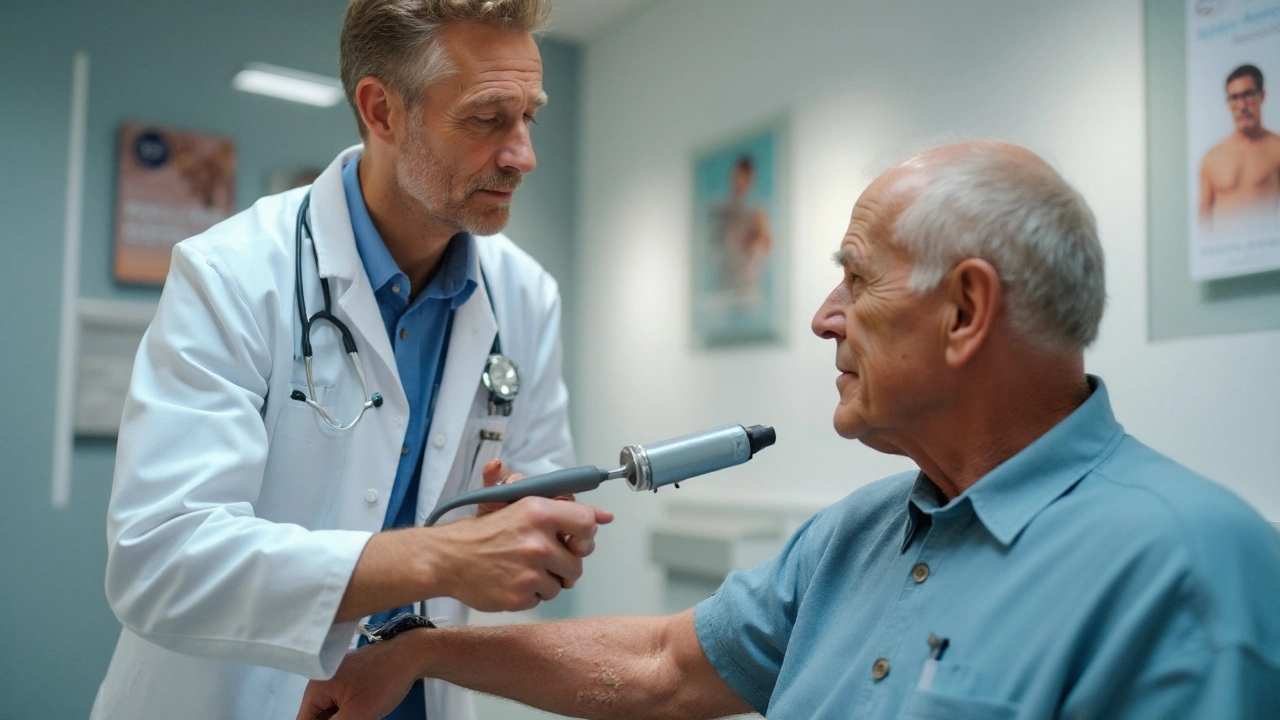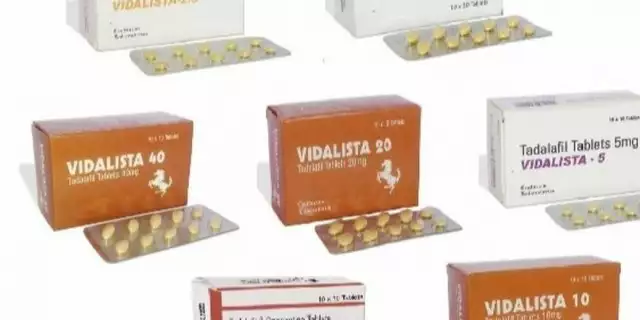Exploring Alternatives to rxconnected.com: What Are Your Options?
February 2 2025Actinic Keratosis: What It Is, Why It Happens, and How to Treat It
When dealing with Actinic Keratosis, a rough, scaly patch that shows up on skin exposed to the sun and can turn into skin cancer if ignored. Also known as AK, it is a warning sign that the skin’s cells have been damaged by ultraviolet (UV) radiation. The condition sits at the crossroads of Skin Cancer risk, Sun Damage and the daily practice of Dermatology. Understanding each part helps you spot AK early and act before it progresses.
At its core, Actinic Keratosis is a precancerous growth that starts in the keratinocytes—the cells that make up the outer skin layer. UV rays break down DNA in these cells, causing mutations that show up as gritty, sometimes pink lesions. Most people first notice AK on the face, ears, scalp, forearms, or hands—any spot that gets a lot of sun. If you’ve ever had a “sun spot” that feels like sandpaper, that’s often an AK in the making.
Why Sun Exposure Matters
The link between UV exposure and AK is straightforward: the more cumulative sun you get, the higher your AK count. Sun Damage isn’t just a fleeting sunburn; it’s a long‑term process that adds up over years. People with fair skin, a history of frequent outdoor work, or past severe sunburns are especially vulnerable. Even on cloudy days, UV‑A rays penetrate and keep the damage cycle turning.
Because AK often signals that the skin’s defenses are weakening, dermatologists treat it as a red flag for future Skin Cancer. Roughly one in ten AK lesions can evolve into squamous cell carcinoma (SCC), a type of non‑melanoma skin cancer that, while treatable, can be serious if allowed to grow unchecked. That’s why early detection and removal matter.
Spotting AK is easier than you think. Look for a small (a few millimeters to a centimeter), rough, raised spot that may be skin‑colored, reddish, or slightly brown. The texture feels gritty when you rub it, and the lesion may bleed or crust if irritated. A dermatologist can confirm the diagnosis with a quick visual exam, sometimes aided by a dermatoscope—a magnifying tool that shows characteristic patterns of AK.
Once diagnosed, there are several pathways to treatment, each suited to the lesion’s size, number, and location. For a single, well‑defined AK, Cryotherapy (freezing the spot with liquid nitrogen) is a fast, office‑based option. The frozen tissue sloughs off in a few days, often leaving minimal scar.
When multiple lesions appear across a broader area—a situation called “field cancerization”—topical agents become handy. Prescription creams like 5% fluorouracil, imiquimod, or diclofenac gel work by triggering the skin’s immune response or chemically destroying abnormal cells. These treatments can cause redness, peeling, and discomfort for a week or two, but they clear both visible lesions and hidden, early‑stage changes.
Light‑based therapies also play a role. Photodynamic therapy (PDT) involves applying a photosensitizing cream, waiting for it to absorb, then exposing the skin to a specific wavelength of light. The reaction destroys abnormal cells while sparing healthy tissue. Many patients like PDT because it treats large areas without the stinging of topical creams.
Prevention is the most sustainable strategy. Daily use of broad‑spectrum sunscreen with at least SPF 30 blocks both UV‑A and UV‑B rays, dramatically reducing new AK formation. Re‑apply every two hours when outdoors, and don’t forget often‑missed spots like the ears and back of the neck. Wearing protective clothing, wide‑brim hats, and sunglasses adds another layer of defense.
Regular skin checks are a cornerstone of staying ahead of AK. Even if you’ve never had an AK before, schedule a full‑body exam with a board‑certified dermatologist once a year, or more often if you have a history of skin lesions. Early‑stage AK is almost always curable, and routine exams catch any transformation to SCC early enough for simple excision.
In summary, Actinic Keratosis is a visible reminder that UV exposure has taken a toll on your skin’s cells. It sits at the intersection of sun damage, dermatology care, and skin‑cancer risk. By recognizing the gritty patches early, using targeted treatments like cryotherapy or topical agents, and committing to daily sunscreen, you can keep AK from becoming a bigger problem.
Below you’ll find a curated set of articles that dive deeper into related topics—whether you want to compare prescription options, learn about safe online pharmacy purchases, or explore how other skin conditions differ from AK. These pieces will give you practical tips and up‑to‑date information to manage your skin health confidently.
 25 Sep
25 Sep
Actinic Keratosis: How Dermoscopy Improves Diagnosis
Learn how dermoscopy helps detect Actinic Keratosis early, its link to skin cancer, risk factors, diagnostic tools, and treatment options in a clear, practical guide.
Read More...




